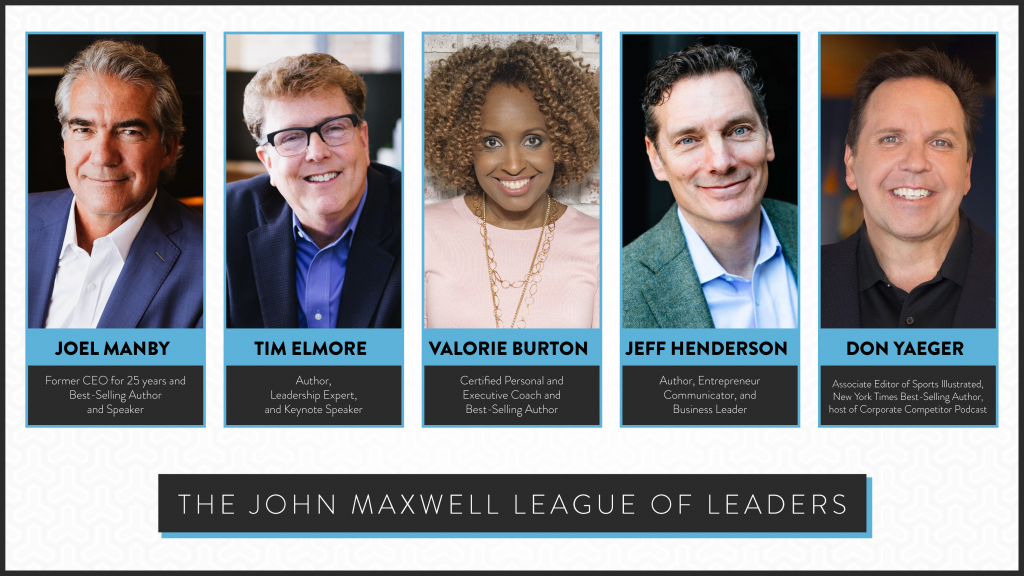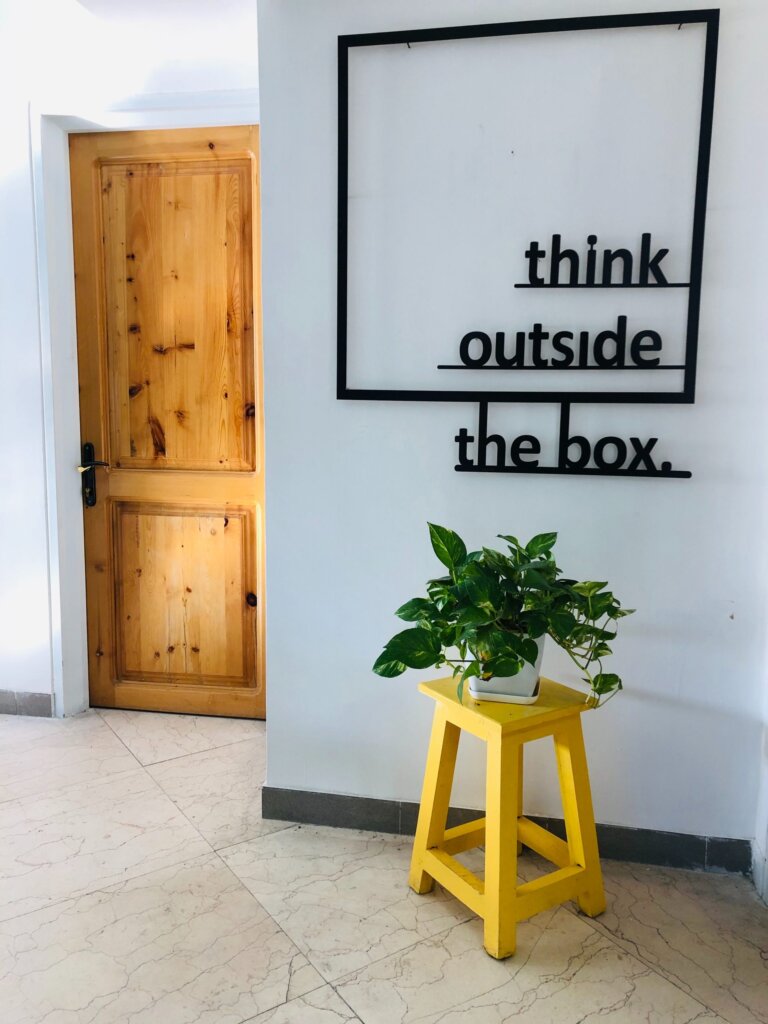Developing your creativity – even if you're not sure it's within you.

One magazine I enjoy reading is Fast Company. And I recently came across an interview there with Teresa Amabile It’s from a few years ago, but it really got me thinking.
Amabile heads the Entrepreneurial Management Unit at Harvard Business School. For eight years, she and her colleagues combed through a study they conducted on creativity in the mid-1990s – in which they looked at creativity “in the wild.”
“We wanted to crawl inside people’s heads,” explained Amabile, “and understand the features of their work environment as well as the experiences and thought processes that lead to creative breakthroughs.”
In the end they came up with “The 6 Myths of Creativity.” Take a look at the entire interview. It’s a fascinating study, and I found myself agreeing with its conclusions.
The article also prompted me to share some of my own observations about creativity. This felt especially timely in light of our tough economic situation, when innovation is so important.
In fact, I found that I have so much to say on the subject that I can’t do it all in one blog post. So the following is Part 1 in what I want to communicate on building creativity. Let me know if it helps you.
Creatively Challenged
I discovered my own need for creativity in a college class. At the beginning of the semester, everyone took a quiz to measure creative potential. My result? I registered very low on the creativity scale.
I couldn’t believe it. I wasn’t a creative person? Did this mean I would end up one of those boring pastors? I really hoped not.
Many years later, the Harvard study seems to show that the rationale behind any kind of creativity assessment is flawed, because the first myth on their list is, “Creativity comes from creative types.”
Amabile explains that creative “types” don’t have a monopoly on creative thinking. To the contrary, she says, “almost all of the research in this field shows that anyone with normal intelligence is capable of doing some degree of creative work. Creativity depends on a number of things: experience, including knowledge and technical skills; talent; an ability to think in new ways; and the capacity to push through uncreative dry spells.”
Fortunately for my college self, even though I didn’t have access to the Harvard research, I was still too young and ignorant to be totally discouraged by the test. I decided right then that even if I wasn’t born creative, I would become creative.
Creative Thinking Does Not Begin in a Vacuum.
Creative people don’t necessarily sit down with a blank piece of paper and invent something completely new. In fact, they usually start by turning to the creative work of others to help them solve their particular problem.
Right after I saw the score on that assessment test, I set my mind to studying creativity. I started collecting creative material: quotes, articles, notes from speeches, books, whatever I could get my hands on. Everything was categorized and filed. At first this did a lot to teach me how creative minds thought.
Soon I discovered that it inspired creative thinking within me.
After that, whenever I planned a message, book, or article, I would pull out my file on that topic and read through the material.
One quote would get me thinking about a concept that would become a point in my lesson. I’d read an article, and because I disagreed with one point, I would come up with three points that I did believe were true.
(Note that I work hard not to use the ideas of others and claim them as my own. If I know a source for a quote or idea, I always give credit. And for my books especially, my writer and I spend hours tracking down sources and obtaining permissions to quote others. If you’re unclear on what exactly plagiarism is, see this helpful article from Purdue University.)
You don’t have to reinvent the wheel. Read what’s out there. Ask yourself why you like what the author said. Or why you disagree. Come up with what you would say to disprove their point. Or to further prove it.
Learning from others and applying it to your own situation is a big inspiration – and the first major step – toward thinking creatively.
In Part 2 later this week, I’ll share the ways I’ve found to schedule creativity, along with how collaboration can make a good idea great.
More Articles

Do I Believe The Best In Others?

BIG ANNOUNCEMENT!









Be the first to comment on "Developing your creativity – even if you're not sure it's within you."